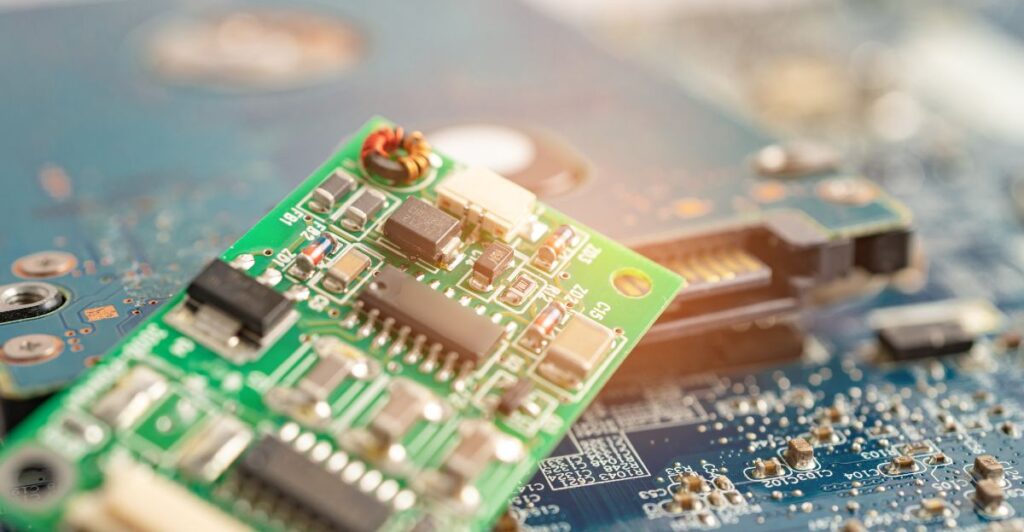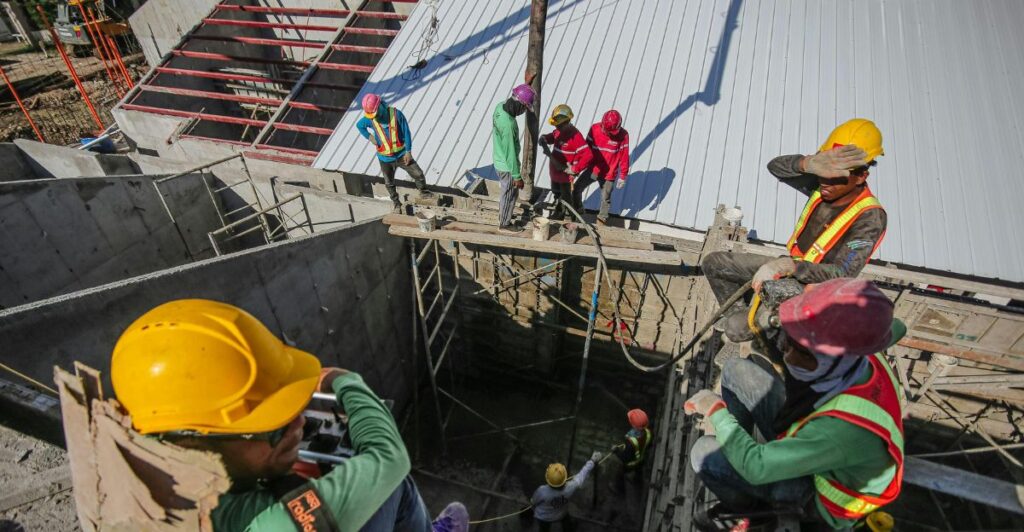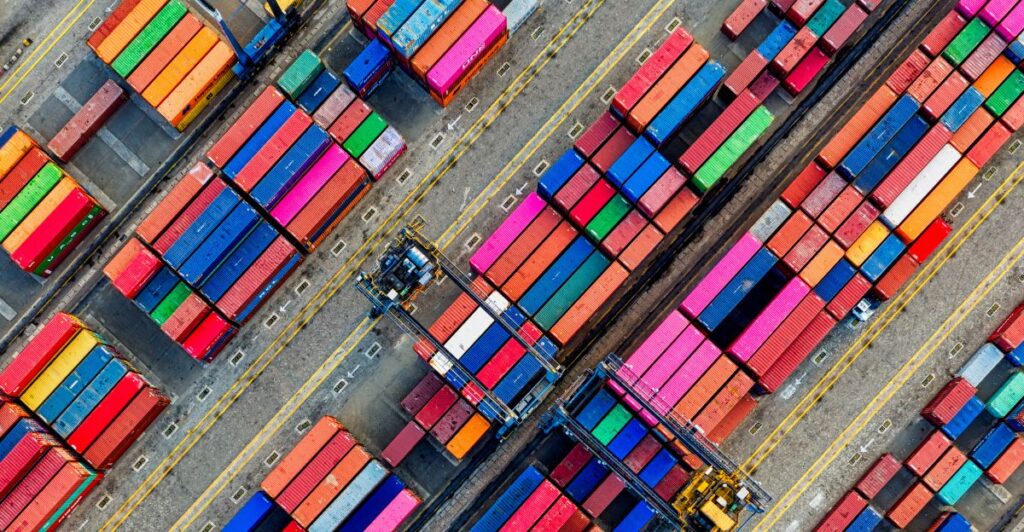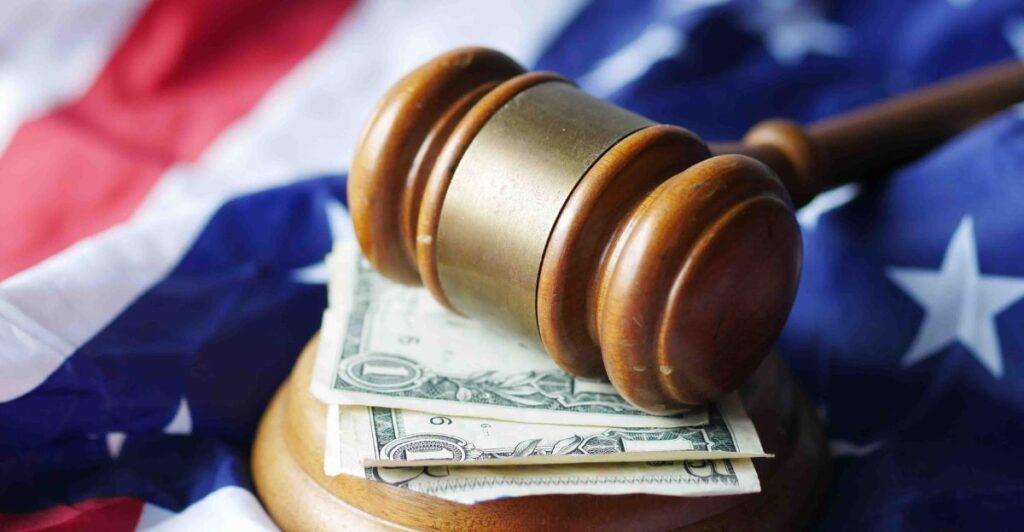
Economies aren’t built overnight, and they require a lot of dedication and the use of fundamental principles of production for success. An economy is a system of production, labor, distribution, and services, and at its core, is a social domain that emphasizes these practices.
Production Factors

Production factors are an important part of a thriving economy. These factors include land, labor, capital, and entrepreneurship. Land includes natural resources, while labor represents human effort. Capital is the goods manufactured to create goods and services, like machinery and other equipment.
Infrastructure

A backbone for any economy is infrastructure. This includes ways of transporting resources, goods, and labor. Communication systems and energy grids, as well as water supply are all important infrastructure as well. Economic growth relies on infrastructure heavily.
Technological Advancements

Innovation in technology is another driver for economic growth. As new technologies are developed, productivity can be increased, and improve living standards. Notable technological advancements like this were the printing press and the internet.
Human Capital

Human capital encompasses the entire workforce and their invaluable skills, knowledge, and health. This is an essential part of an economy and further developing skills through edutation and training programs can help economies thrive.
Trade

Without trade, many economies wouldn’t be able to leverage their unique advantage on certain goods and services. With trade, they can specialize in production and can foster agreements with other countries. Trade is the keystone of thriving economies and is one of the oldest methods countries have used to be as economically strong as they are today.
Financial Systems

Financial systems are important in ensuring that capital is allocated to its most productive means. Banks, stock markets, and other financial institutions all direct savings into investments, growing the local economy. Capital markets enable companies to raise funds for innovations and job creation, further boosting the economy.
Government And Policy

The balance of the economy rests in the hands of the government as they create policies with can impact economic growth. Spendings and taxation as well as managing interest rates and money supply are all the responsibility of the government.
Economic Stability

Before an economy can grow, it must first be stable. With a stable economy, further growth can be encouraged through potential investment, hiring, and expansion. High inflation and excessive debt can deter investors and destroy chances for further growth.
Future Growth

Sustainable development can be the difference between an economy that thrives and continues to grow and that that becomes stagnant and unstable. A growing economy needs to constantly meet the needs the needs the demands of the present and anticipate the future. “Sustainable development is the pathway to the future we want for all,” according to the United Nations.
Sources:
Reference 1
Reference 2